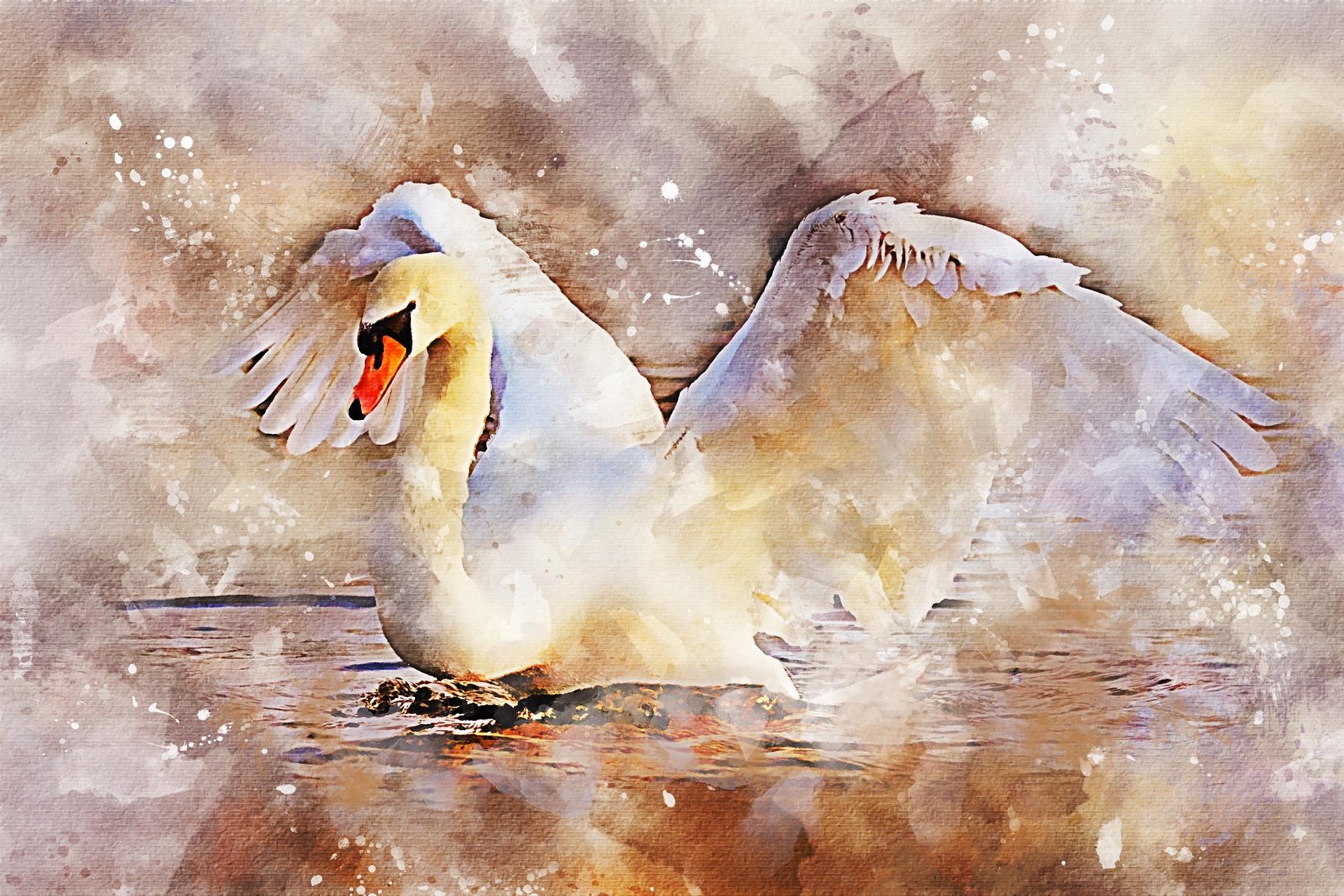
If you like to paint or just collect watercolor paintings made by renowned artists as a hobby, you’d want to store them to keep the beautiful art protected. It can be a challenging task because of the nature of watercolors that curves the paper and keeps it from sitting flat. Let’s discuss the best ways to protect and store watercolor paintings to make them last longer.
Categories: Watercolor Lessons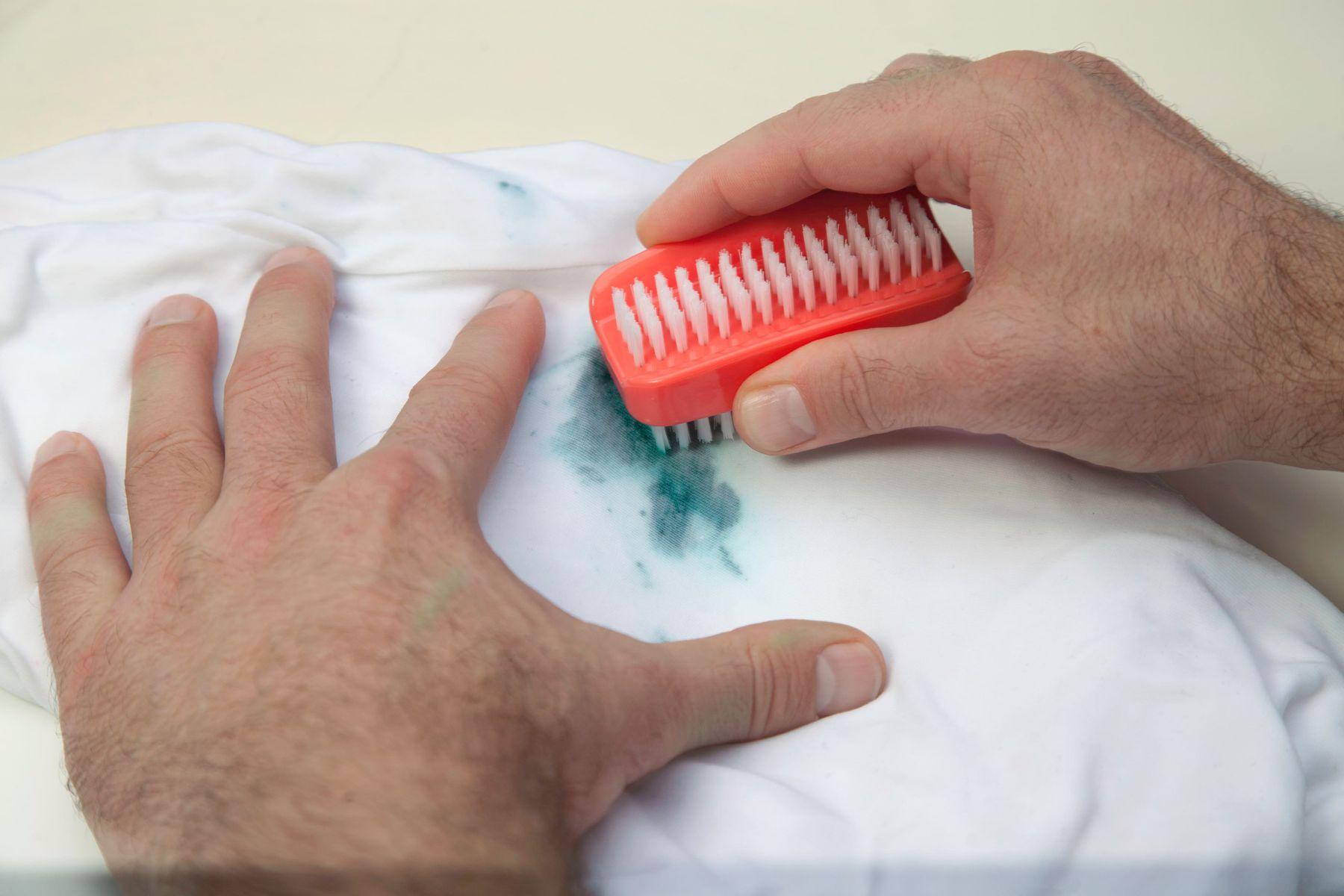
A lot of pigments are solids. They are finely ground, yet the particles sometimes remain particles even after being treated with water. Therefore, if your paint stain is dry, it’s always best to treat it with some kind of a gentle brush. That way you can break away the solid paint particles before wetting the stain again.
Categories: Watercolor Lessons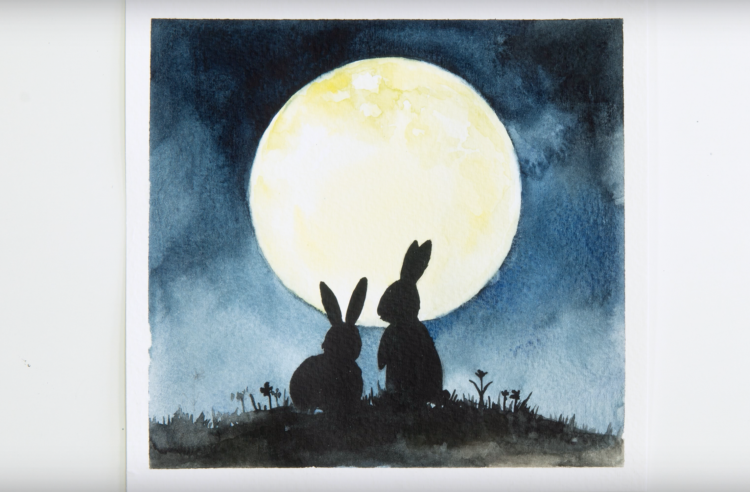
One of the easiest watercolor painting ideas is painting silhouettes. Pair this with some bunnies looking at a full moon, and you have something magical without being overly complicated! Check out this tutorial to learn more.
Categories: Step-By-Step Painting Ideas , Watercolor Lessons , Beginner Techniques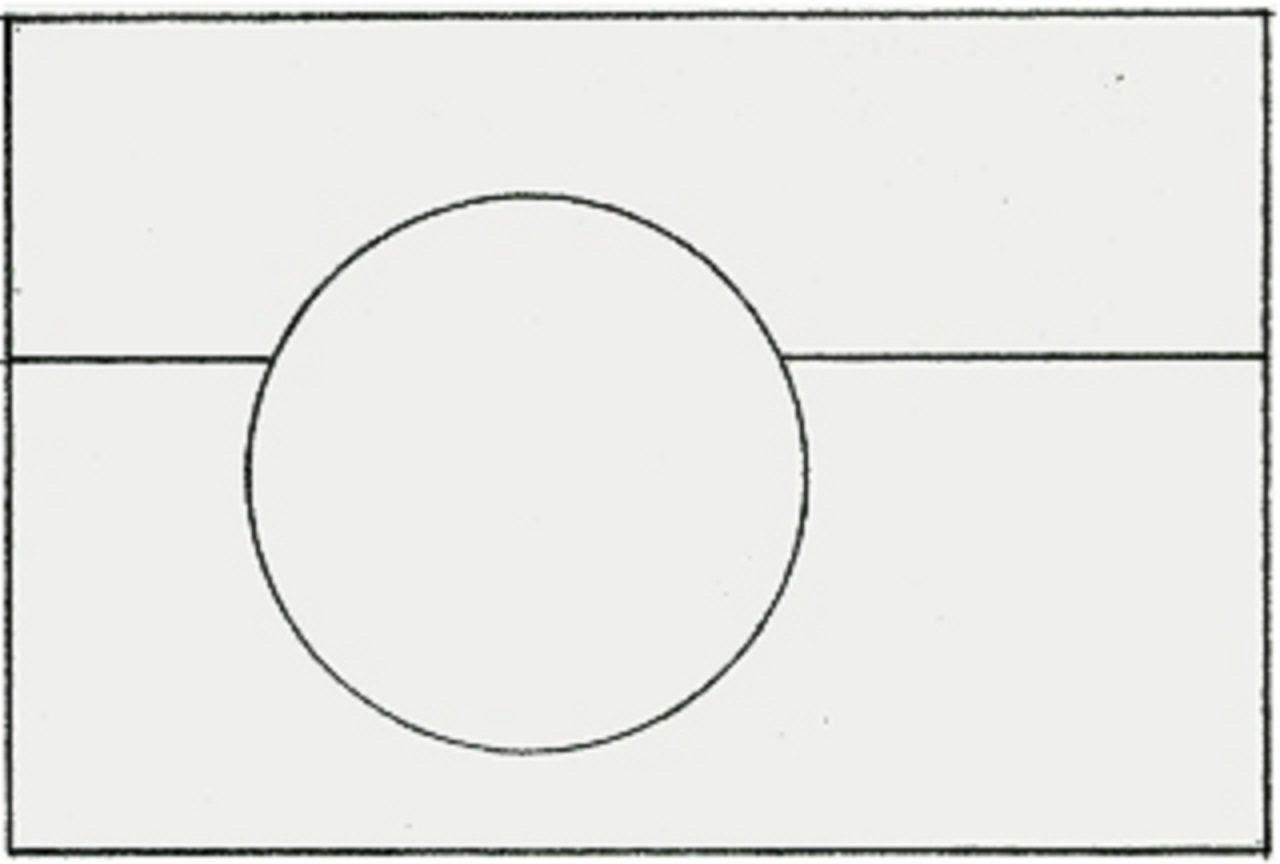
Techniques for Drawing Values Drawing Lines and Values Drawing involves the use of lines and clusters of lines called "values". Lines and values often merge spontaneously as you draw, one springing from another in the same stroke. The better you understand the range of expression and working qualities of your pencil or pen, the broader your palette of artistic options are when you create. A line is a flowing stroke of your pencil that defines an edge in the image you are drawing. Value is the gradation of grays you use to define the mass, form, light, and design of...
Categories: Watercolor Lessons , Beginner Techniques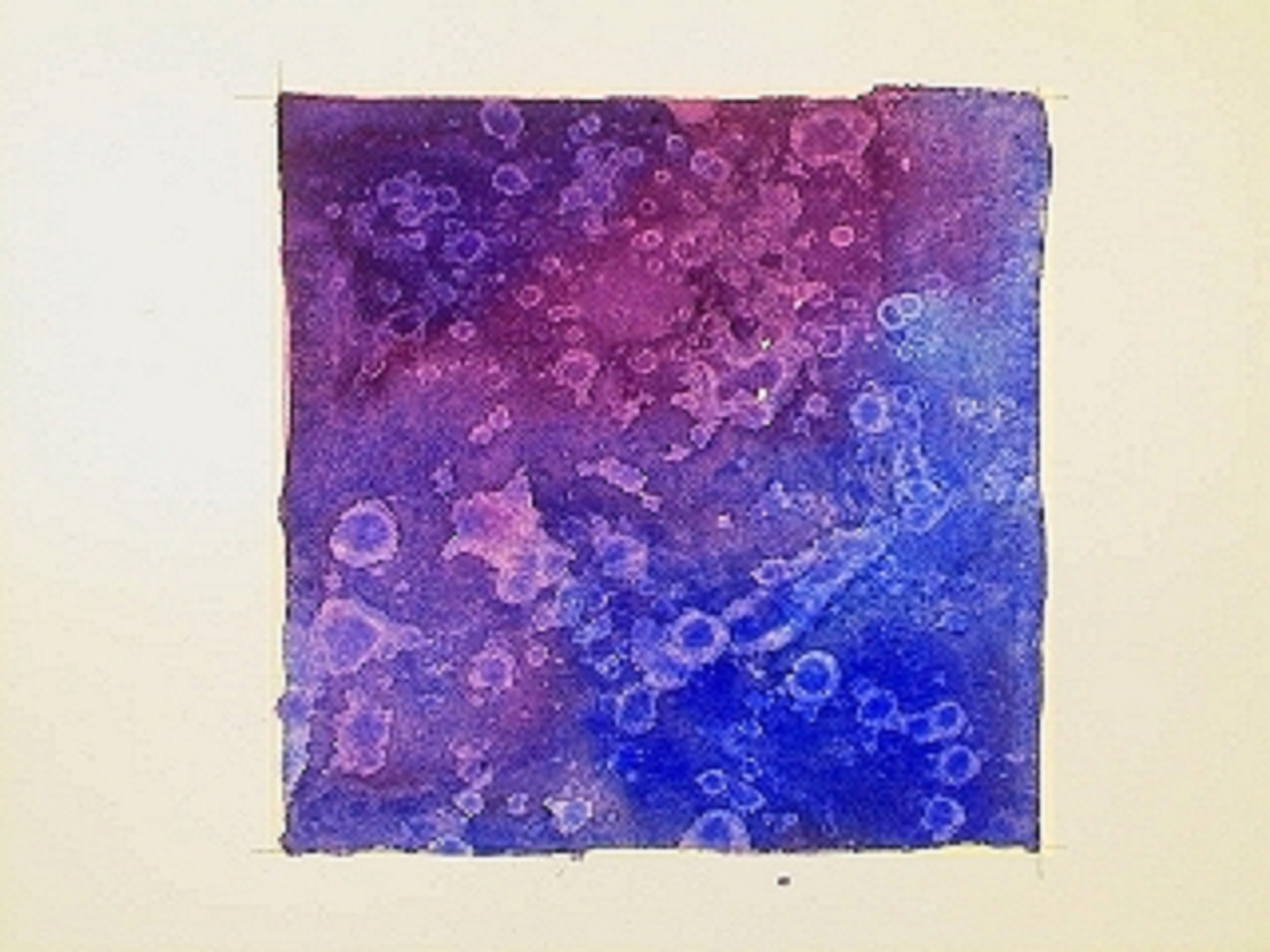
Use alcohol as a watercolor technique for painting interesting textures.
Categories: Watercolor Lessons , Intermediate Techniques , Step-By-Step Lessons , Color Theory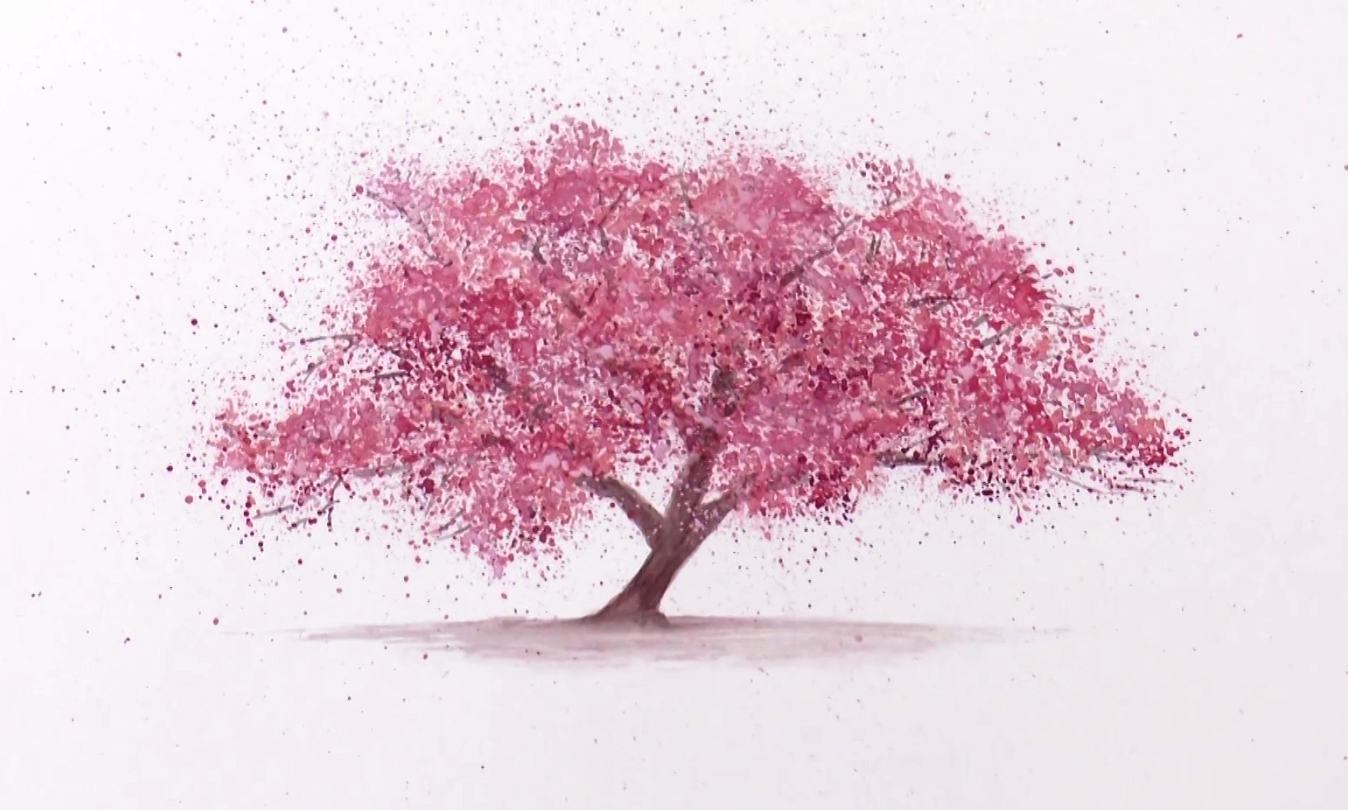
Learn ways to control your splatter-painting technique to paint beautiful cherry blossom sakura trees.
Categories: Step-By-Step Painting Ideas , Watercolor Lessons , Advanced Techniques , Step-By-Step Lessons
Discover essential safety tips for watercolor painting in this insightful article. Learn about selecting non-toxic materials, maintaining a safe workspace, and understanding potential hazards associated with certain pigments. Empower your artistic journey with practical guidance for a safe and mindful painting practice.
Categories: Watercolor Lessons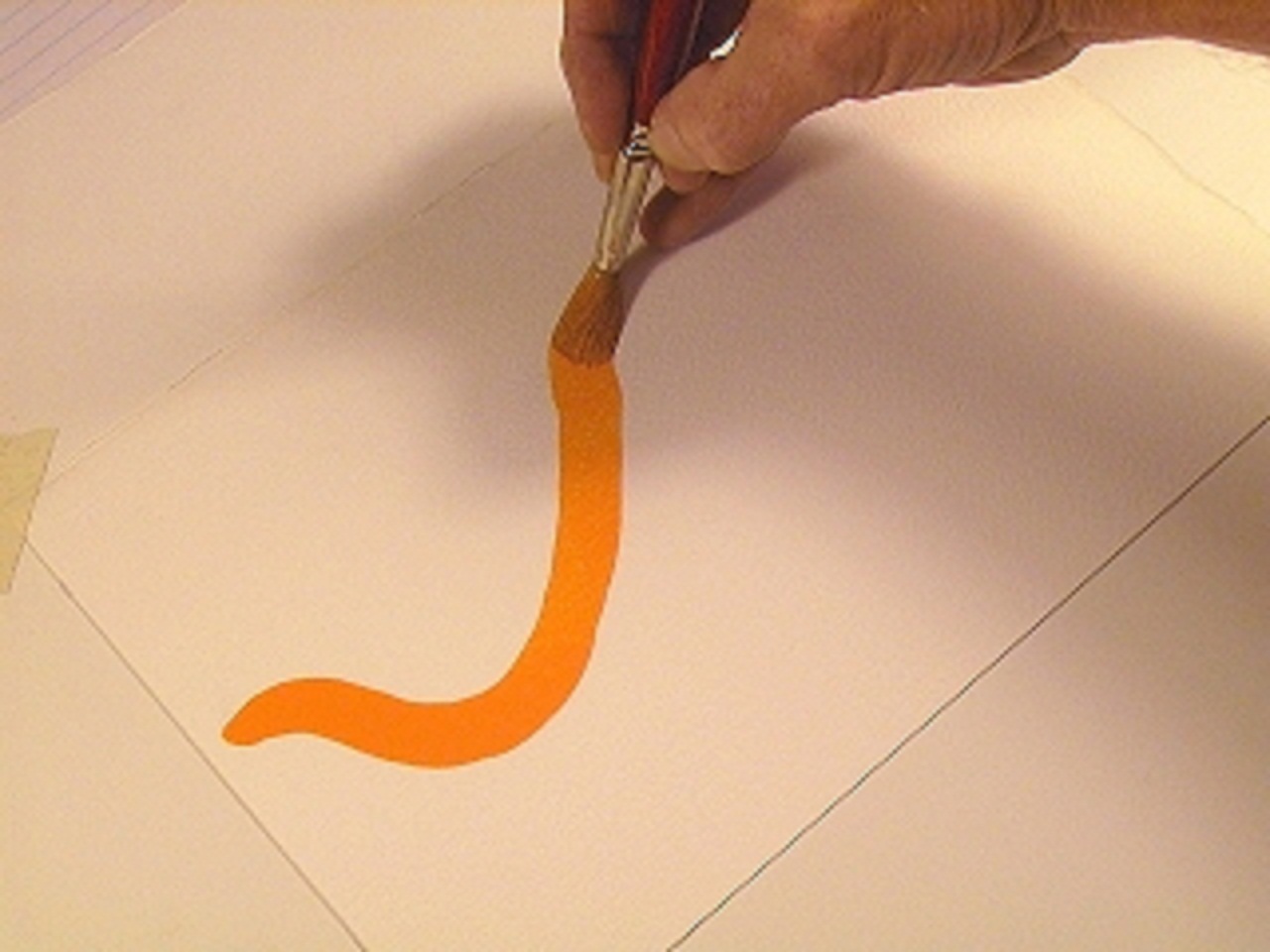
Bands of Color This exercise is designed to hone your wash-laying skills in the form of single strokes of color laid down side by side in whatever pattern your first stroke takes. The object is to concentrate on the white line you are forming between each stroke. Try not to touch any previous strokes, keeping the white lines of unpainted paper unbroken. Mix several puddles of different colors on your watercolor palette. I used a round #10 red sable for most of this exercise. A round #4 red sable was used to add smaller variations in the gaps. A larger...
Categories: Watercolor Lessons , Preparing for Painting , Beginner Techniques




